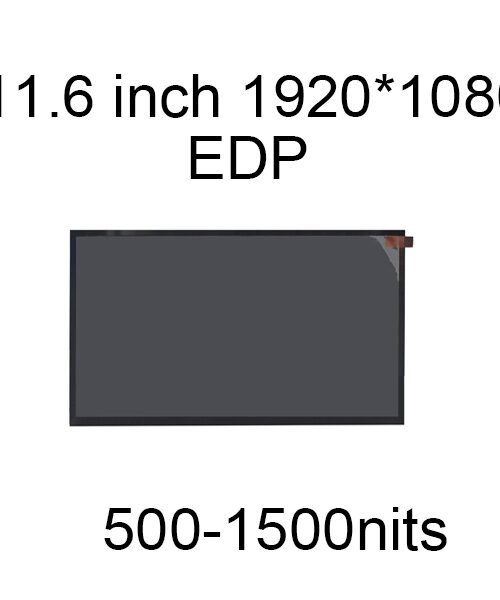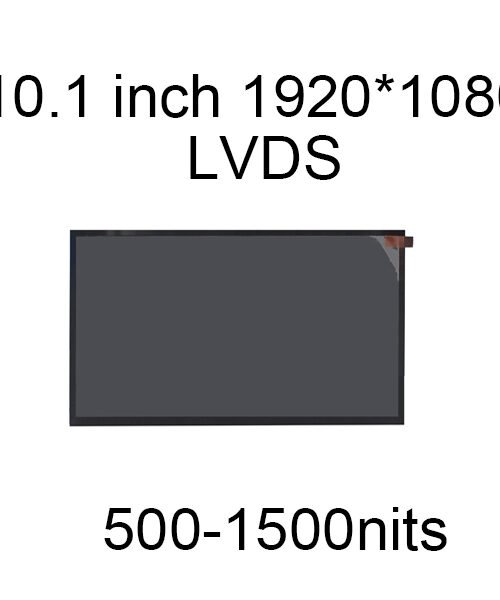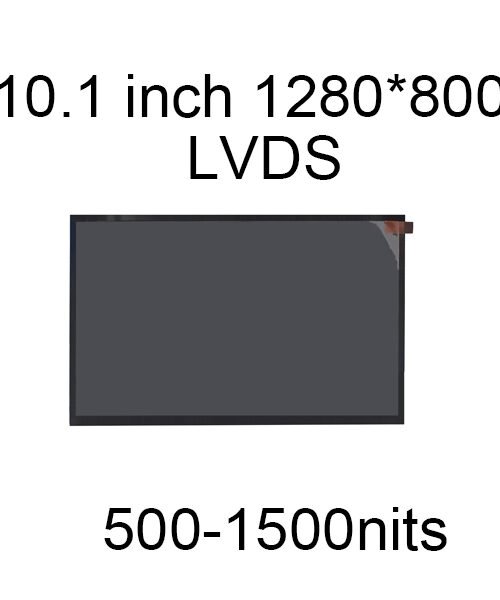An industrial display, also known as an industrial monitor or rugged display, is a specialized type of display designed to meet the demanding requirements of various industrial and commercial applications. These displays are built to withstand harsh environmental conditions, provide reliable performance, and offer enhanced durability in settings where standard consumer-grade displays would not suffice. In this comprehensive guide, we will explore what industrial displays are, their key characteristics, applications, and why they are essential in the industrial sector.
Characteristics of Industrial Displays:
Rugged Build: Industrial displays are constructed with durability in mind. They feature robust, ruggedized enclosures that are often made of metal or heavy-duty plastic. This design offers resistance to physical damage, such as impacts or vibrations, which is crucial in industrial environments.
Protection Against Environmental Elements: Many industrial displays are designed to be resistant to environmental factors like dust, moisture, and extreme temperatures. They often come with an Ingress Protection (IP) rating, indicating their level of resistance to dust and water. For example, an IP65-rated display is dust-tight and protected against low-pressure water jets.
Wide Temperature Range: Industrial displays are built to operate in a broad temperature range, making them suitable for both hot and cold environments. They can often function in temperatures ranging from -20°C to 70°C or even wider ranges depending on the model.
High Brightness and Sunlight Readability: To ensure visibility in various lighting conditions, many industrial displays have high brightness levels, often measured in nits. Sunlight-readable models are designed for outdoor or bright indoor environments, such as industrial workstations in well-lit factories or outdoor kiosks.
Touchscreen Options: Industrial displays may come with resistive or capacitive touchscreens, enabling intuitive user interaction. Touchscreens are particularly useful in applications that require input or control, such as manufacturing processes or human-machine interfaces (HMIs).
Customizable Sizes and Resolutions: Industrial displays are available in various sizes and resolutions to meet the specific requirements of different applications. Whether it’s a small, compact display for a control panel or a large screen for a production floor, options are available.
High Shock and Vibration Resistance: These displays are engineered to withstand high levels of shock and vibration. They are often used in environments with heavy machinery, manufacturing equipment, or transportation vehicles where vibrations are common.
Long Lifecycle Support: Industrial displays are designed to have a longer operational lifespan than consumer-grade displays. This is important because many industrial systems have a lengthy lifecycle, and finding replacements for displays can be challenging if they become obsolete quickly.
Compliance and Certification: Many industrial displays adhere to specific industry standards and certifications. Common certifications include UL (Underwriters Laboratories), CE (Conformité Européenne), and certifications for hazardous locations, such as ATEX and IECEx.
Applications of Industrial Displays:
Industrial displays have a wide range of applications across various industries. Some common applications include:
Manufacturing and Factory Automation: Industrial displays are used on factory floors for process control, monitoring equipment, and displaying production data. They are essential for Human-Machine Interfaces (HMIs) that enable operators to interact with and oversee manufacturing processes.
Oil and Gas Industry: In the oil and gas sector, industrial displays are deployed in hazardous locations and control rooms. They are designed to withstand extreme conditions, including exposure to explosive gases and harsh weather.
Transportation and Automotive: Industrial displays are found in transportation applications such as trains, buses, and commercial vehicles. They provide information to passengers, display navigation data, and serve as control panels for vehicle operations.
Aerospace and Aviation: Aircraft and aerospace systems use rugged displays for cockpit instrumentation, mission-critical data presentation, and in-flight entertainment systems.
Marine and Offshore: On ships and offshore platforms, industrial displays are employed for navigation, radar systems, communication, and monitoring of equipment and machinery.
Medical and Healthcare: Industrial displays are used in medical devices, diagnostic equipment, and operating rooms. They provide healthcare professionals with access to patient information and diagnostic imaging.
Agriculture: Agricultural machinery and equipment often incorporate industrial displays to enable precision farming, GPS-guided operations, and real-time data visualization.
Outdoor Kiosks and Digital Signage: Industrial displays are employed in outdoor kiosks, information panels, and digital signage. They must be durable and readable in bright sunlight and adverse weather conditions.
Mining and Construction: In rugged outdoor environments, such as mining and construction sites, industrial displays are used for monitoring equipment, providing safety information, and displaying job-related data.
Utilities and Energy: Industrial displays are critical in power plants, utilities, and substations, where they facilitate the monitoring of energy generation, distribution, and grid management.
Why Industrial Displays are Essential:
Industrial displays play a critical role in the industrial sector for several reasons:
Reliability: They offer consistent and reliable performance in challenging and harsh environments, reducing downtime and maintenance costs.
Safety: In applications like oil and gas, utilities, and transportation, where safety is paramount, industrial displays with compliance to industry standards are essential.
Productivity: Industrial displays enhance productivity by providing real-time data and control interfaces, helping operators make informed decisions and streamline processes.
Longevity: Their longer operational lifespan ensures that critical systems do not become obsolete quickly, reducing the need for frequent replacements and upgrades.
Customization: Industrial displays can be customized in terms of size, resolution, and features to meet specific application requirements.
Data Visualization: They are crucial for data visualization, enabling operators and technicians to monitor, control, and optimize processes and systems.
Durability: With resistance to environmental factors, physical impact, and high reliability, they are well-suited for demanding industrial applications.
In conclusion, industrial displays are integral to a wide range of industries, providing reliable and durable solutions for applications that demand ruggedness, environmental resistance, and long-term performance. These displays are essential tools in enhancing productivity, safety, and efficiency in industrial settings where standard consumer-grade displays would be insufficient or unsuitable.







